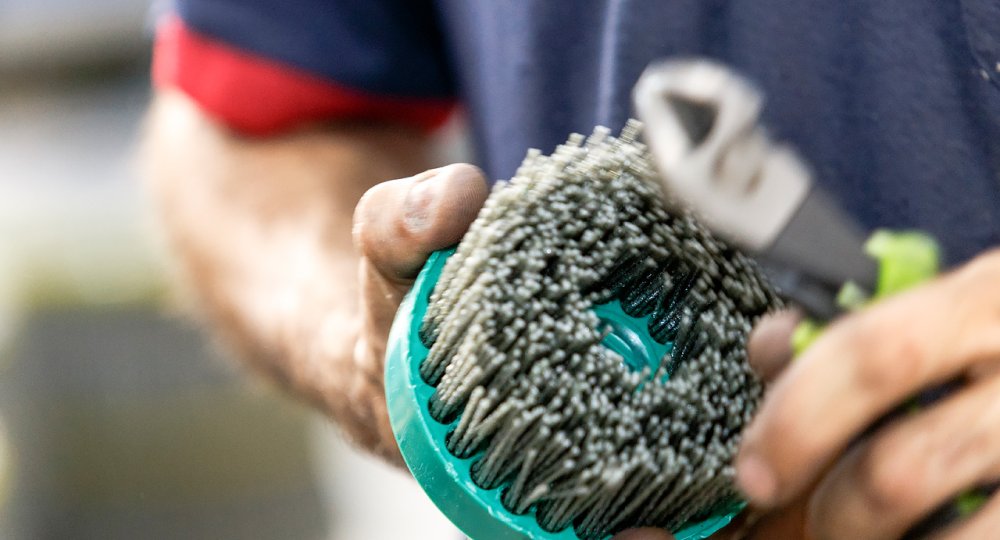
Lean manufacturing is a methodology that emphasizes the efficient use of resources, reducing waste, and improving quality. It has its roots in the Toyota Production System (TPS) developed by Taiichi Ohno and Eiji Toyoda in Japan in the 1950s. The TPS was developed to improve productivity and reduce waste in Toyota’s manufacturing operations, and it has since been adopted by many other companies around the world.
What is Lean Manufacturing?
Lean manufacturing is a system of production that aims to minimize waste, reduce costs, and increase efficiency. The main goal of lean manufacturing is to create value for customers while minimizing the resources used in the production process. This is accomplished through the identification and elimination of waste, which includes overproduction, waiting, defects, excess inventory, unnecessary motion, overprocessing, and unused talent.
Benefits of Lean Manufacturing:
Lean manufacturing offers many benefits to businesses that adopt it. One of the primary benefits is increased efficiency, which leads to lower costs and higher profits. By reducing waste and streamlining processes, companies can produce more with less, which means that they can lower their costs and offer more competitive prices to customers.
Another benefit of lean manufacturing is improved quality. By focusing on eliminating waste and improving processes, companies can identify and eliminate the root causes of defects, resulting in higher-quality products. This, in turn, leads to greater customer satisfaction and loyalty, as customers are more likely to return to a company that consistently produces high-quality products.
Lean manufacturing also leads to increased flexibility and responsiveness. By reducing inventory levels and streamlining processes, companies can respond more quickly to changes in customer demand, which can help them stay ahead of the competition.
Implementing Lean Manufacturing:
Implementing lean manufacturing requires a systematic approach that involves all levels of the organization. The first step is to identify and map out the current processes, including all inputs and outputs. This will help to identify areas where waste is occurring and where improvements can be made.
Once the current processes have been mapped out, the next step is to analyze the data and identify the root causes of waste. This may involve gathering data on cycle times, defect rates, and other key performance indicators.
After the root causes of waste have been identified, the next step is to develop a plan for eliminating the waste. This may involve re-engineering processes, redesigning products, or reorganizing the layout of the production facility.
Finally, it is important to measure the results of the changes and continue to monitor and refine the processes to ensure that the benefits of lean manufacturing are sustained over time.
Challenges of Lean Manufacturing:
Implementing lean manufacturing is not without its challenges. One of the biggest challenges is resistance to change. Employees may be reluctant to adopt new processes or technologies, especially if they have been doing things a certain way for a long time.
Another challenge of lean manufacturing is the need for continuous improvement. Lean manufacturing is an ongoing process, and companies must be committed to continually identifying and eliminating waste in order to reap the benefits.
Finally, there is the challenge of maintaining the gains. Once waste has been eliminated and processes have been streamlined, it can be tempting to become complacent and assume that the job is done. However, lean manufacturing requires ongoing vigilance to ensure that the gains are maintained over time.
Lean manufacturing and Cepicat
Lean manufacturing is a powerful methodology that can help companies improve efficiency, reduce costs, and increase quality. By identifying and eliminating waste, companies can create more value for customers while using fewer resources.
However, implementing lean manufacturing requires a systematic approach and a commitment to ongoing improvement. Companies that are willing to invest the time and resources necessary to implement lean manufacturing can reap significant rewards in terms of increased profitability, customer satisfaction, and competitiveness.
Cepicat is always trying to progress and improve, so it’s been years since lean manufacturing started being applied.



